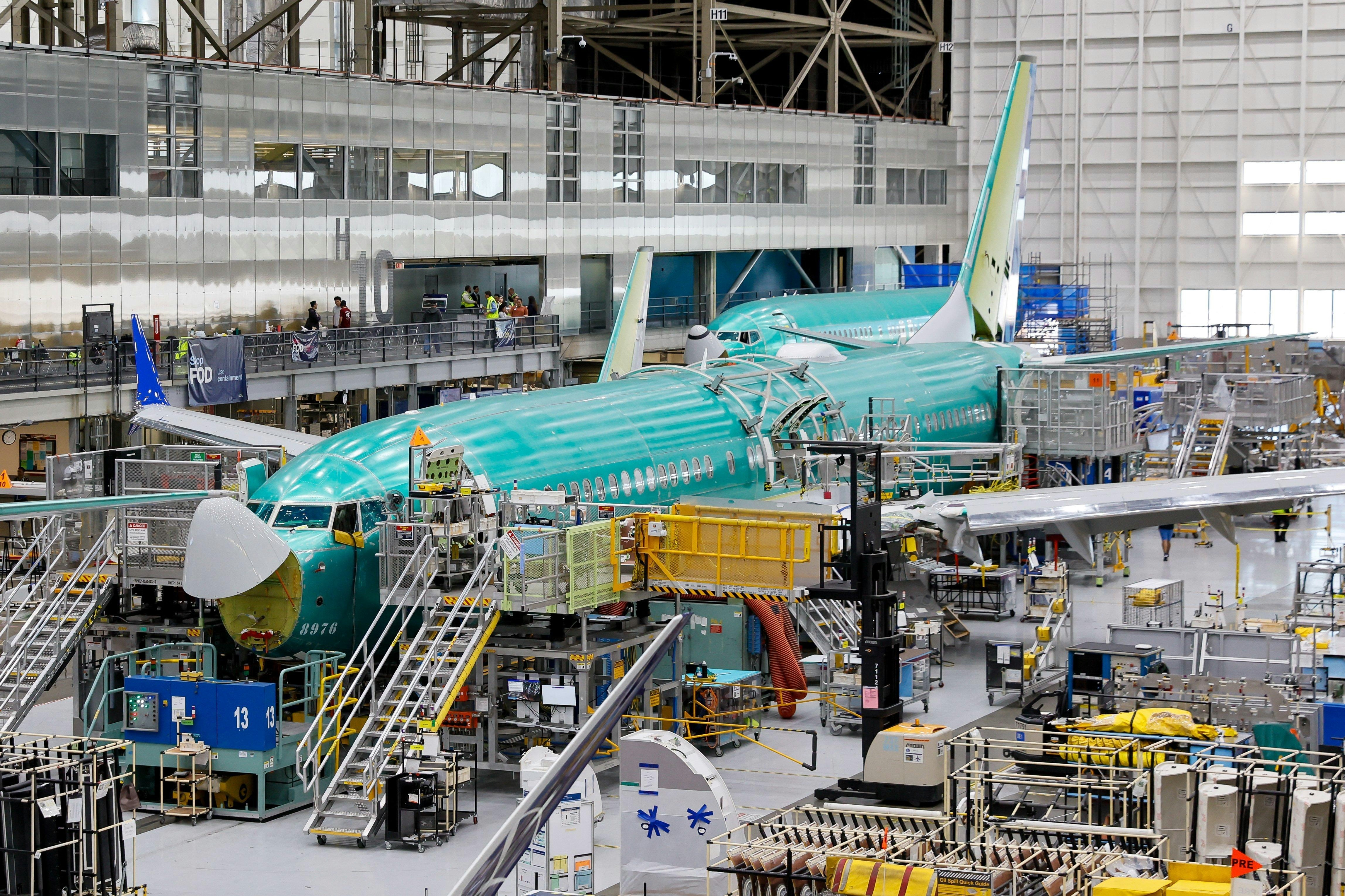
AeroGenie – Ihr intelligenter Copilot.
Trends
Categories
Alaska Airlines Expands International Routes to Tokyo and Seoul with Wide-Body Jets
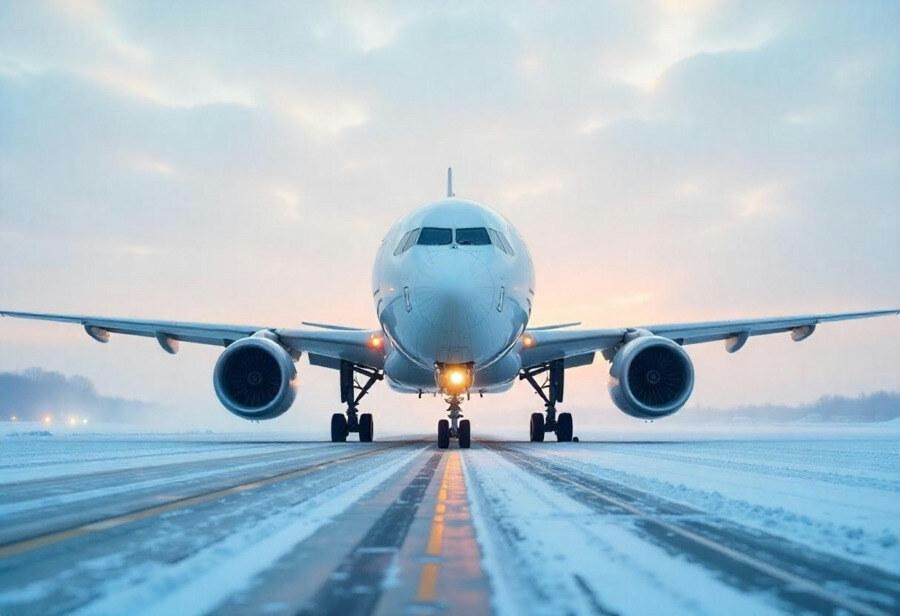
Alaska Airlines Expands International Routes to Tokyo and Seoul with Wide-Body Jets
Strategic Shift Towards Long-Haul Markets
Alaska Airlines is undertaking a significant transformation by launching nonstop wide-body flights from Seattle to Tokyo and Seoul, marking a decisive move beyond its traditional domestic operations. This expansion is part of a broader strategy aimed at reshaping the airline’s business model and generating an additional $1 billion in profit by 2027. By entering these lucrative transpacific markets, Alaska positions itself to compete directly with established global carriers and attract a growing segment of premium travelers.
A key element enabling this shift is Alaska’s $1.9 billion acquisition of Hawaiian Airlines, finalized in September. Although both airlines continue to operate under separate brands, the acquisition provides Alaska with access to wide-body aircraft, including Boeing 787 Dreamliners and Airbus A330s. These aircraft are essential for servicing long-haul international routes that were previously beyond Alaska’s reach. The inaugural Tokyo service, scheduled to begin in May, will utilize Hawaiian’s Airbus A330-200, while flights to Seoul’s Incheon International Airport are planned to commence in October, with ticket sales opening in early 2025.
Looking ahead, Alaska aims to operate at least a dozen international routes from Seattle by 2030, signaling its evolution from a regional West Coast carrier into a global long-haul competitor. The airline also intends to launch its first European route, connecting Seattle to Rome, in May next year, further expanding its international network.
Challenges and Competitive Landscape
Despite the ambitious growth plans, Alaska faces several challenges. Regulatory approvals remain a critical hurdle, and the airline must contend with intense competition from well-established international carriers. The risk of market saturation is also a concern as competitors respond aggressively; for instance, Delta Air Lines has announced new Seattle routes to Barcelona and Rome, intensifying competition for transatlantic and transpacific travelers.
Financially, Alaska is targeting pretax margins of 11 to 13 percent by 2027, with projected earnings exceeding $10 per share. For 2024, the company forecasts earnings between $3.50 and $4.50 per share, incorporating Hawaiian Airlines’ contribution. The airline has also raised its fourth-quarter earnings guidance to $0.40–$0.50 per share, up from an earlier estimate of $0.20–$0.40. To support its expansion and bolster investor confidence, Alaska has authorized a $1 billion share repurchase program.
Investor response has been notably positive. Following the announcements, Alaska’s stock surged more than 13 percent, closing at $61.29—the highest level in over three years. Year-to-date, shares have risen nearly 57 percent, outperforming the broader market.
Enhancing the Premium Travel Experience
In addition to expanding its route network, Alaska Airlines is exploring enhancements to its onboard experience to attract premium customers. This includes potential upgrades to premium seating, reflecting the airline’s intent to capitalize on increasing demand for higher-end air travel.
As Alaska Airlines embarks on this new international trajectory, its ability to navigate regulatory complexities, outpace established competitors, and deliver profitable long-haul growth will be critical to its success.
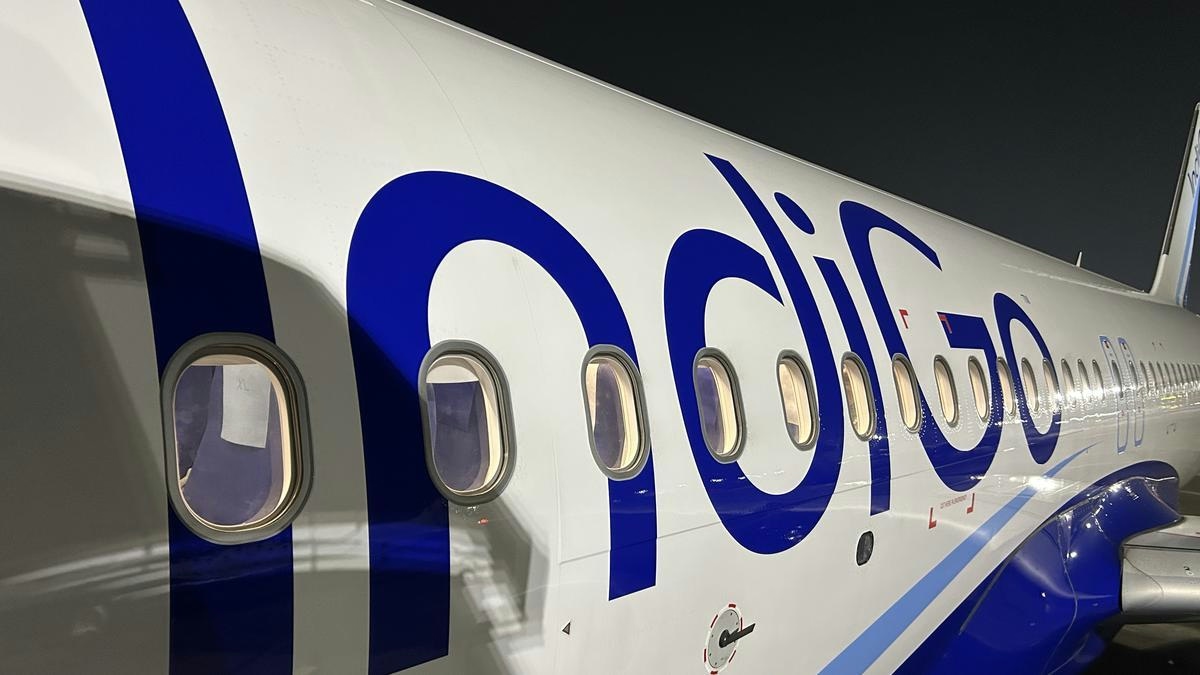
IndiGo to Deploy Wide-Body Aircraft on Vijayawada-Hyderabad Route, Says MP
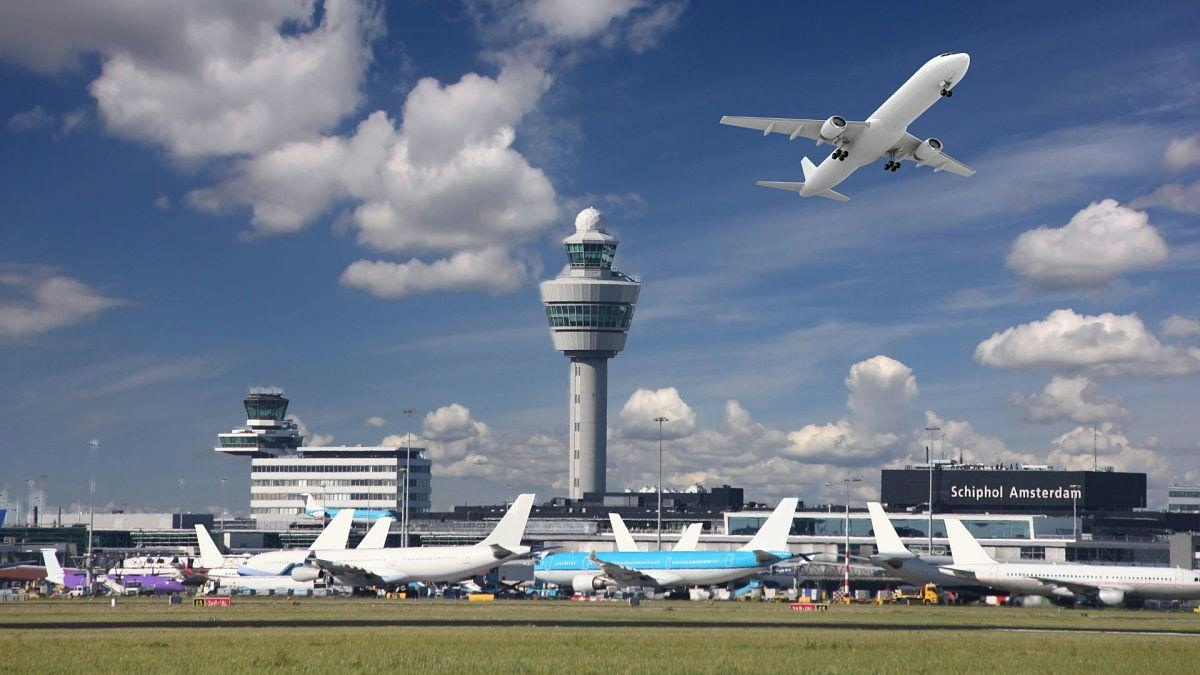
Europe Unveils New Aviation Strategy to Promote Cleaner, Faster Flights
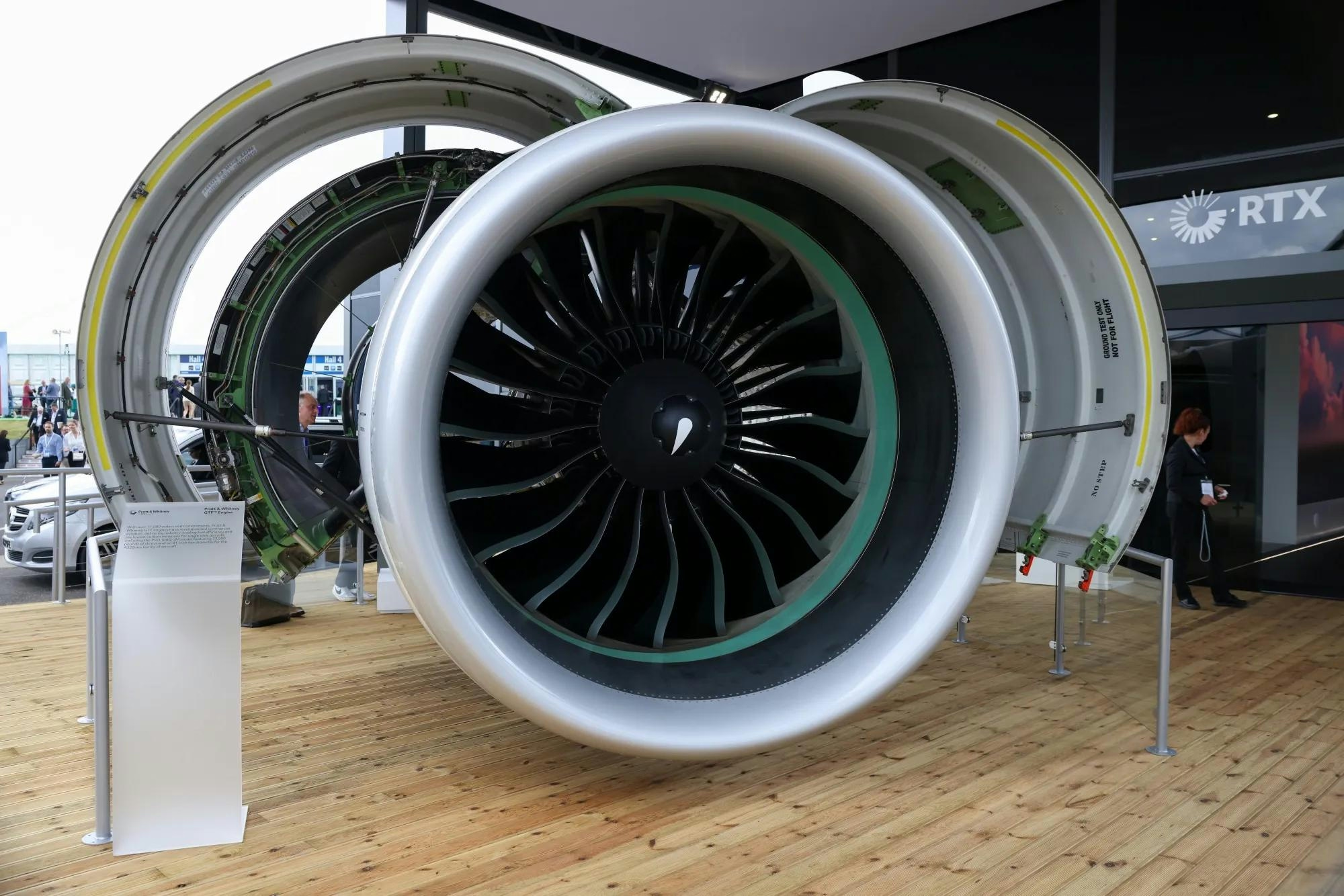
Spirit Signs Agreement with Pratt & Whitney Units on Aircraft Engines
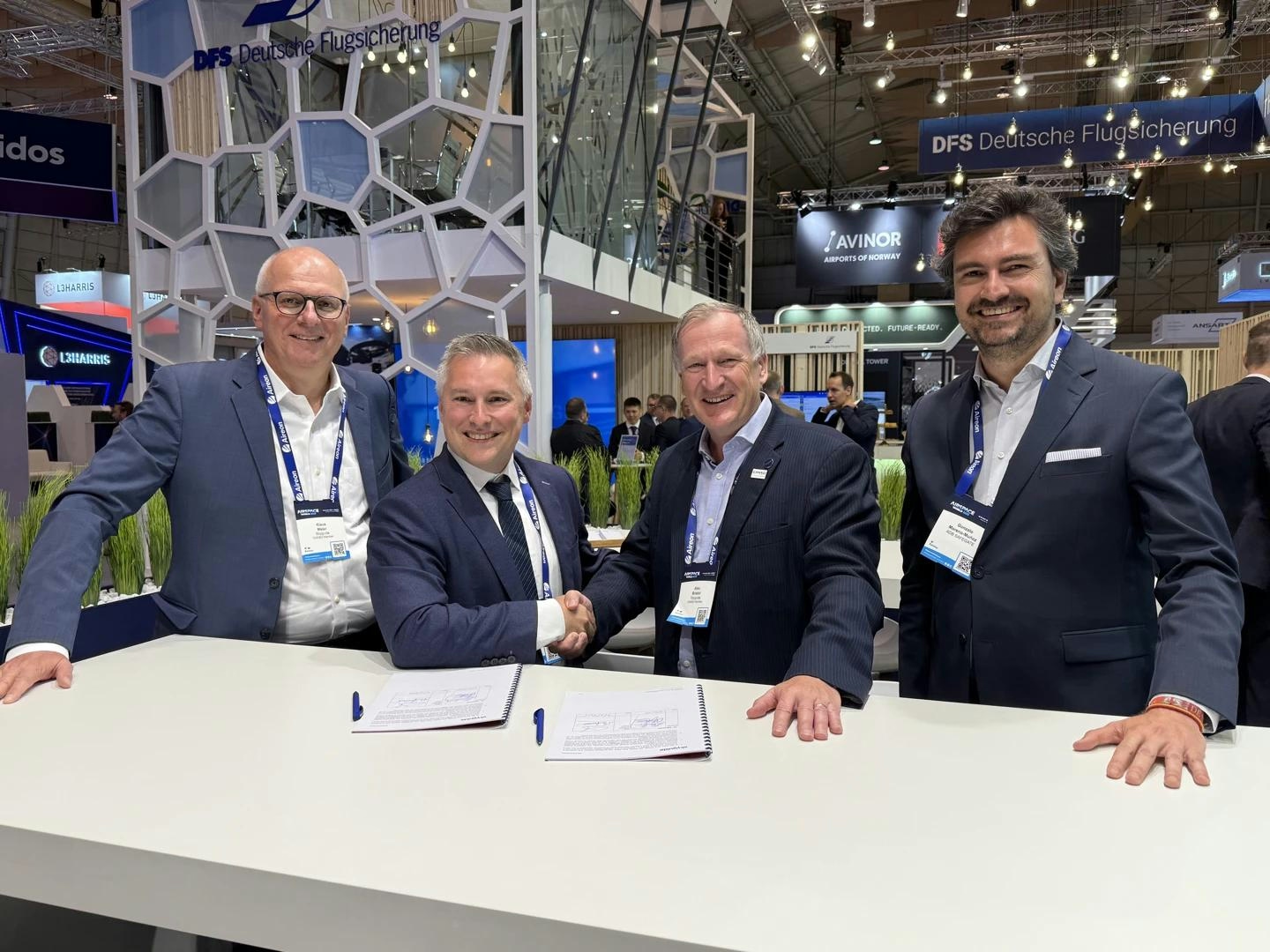
ADB SAFEGATE Receives Industry Awards for Marketing, R&D, and Social Impact

GA Telesis Secures Five-Year Landing Gear Overhaul Agreement with Major U.S. Carrier

Government Strengthens Aviation Safety Framework Amid AI-171 Investigation

NASA Software Raises Bar for Aircraft Icing Research

Dans and Emirates Aviation University Partner on AI Air Traffic Management Research
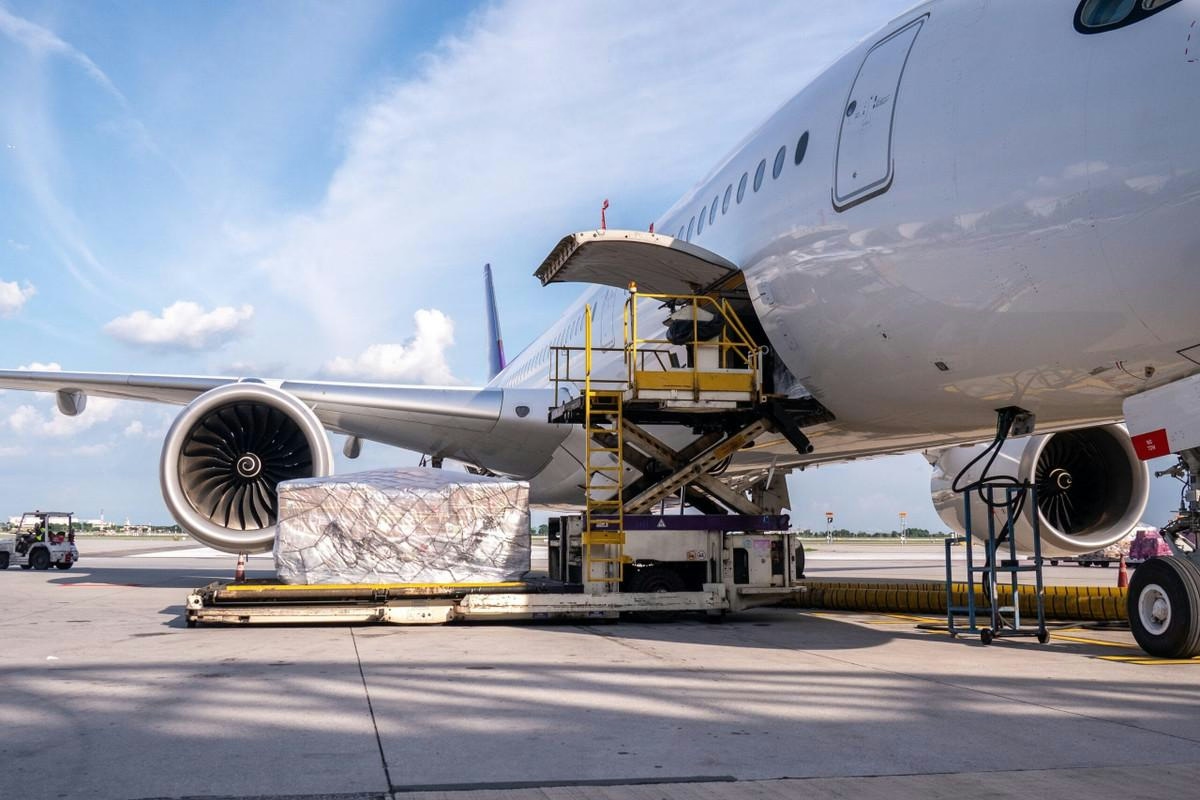
Nigus and AXISCADES to Develop Nigeria’s First Major Aviation MRO Hub
